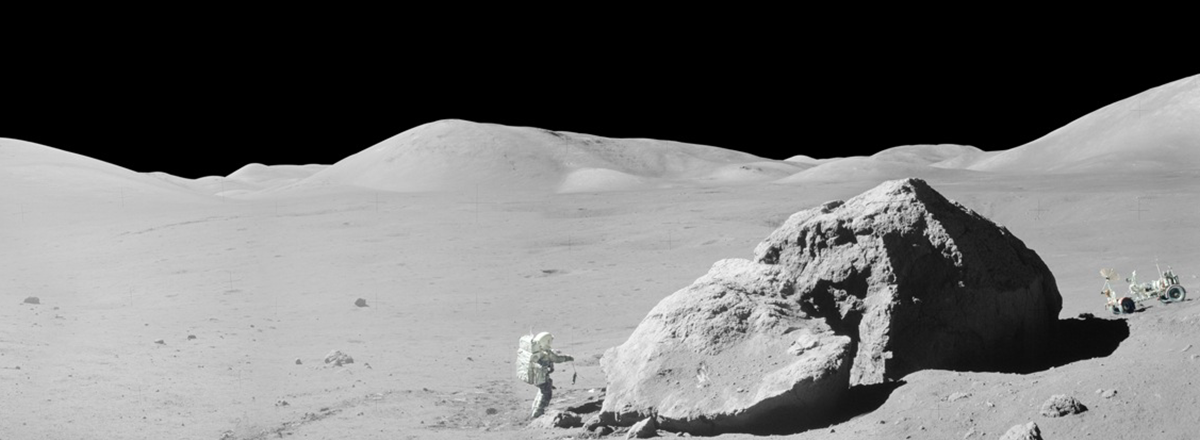The United States Prepares for Lunar Return after Over 50 Years
Peregrine, an unmanned lander developed by Astrobotic, will attempt to touch down on the lunar surface. The mission aims to carry NASA instruments to study the lunar environment before the upcoming Artemis missions.

The United States is set to make a historic return to the Moon, marking more than 50 years since the last Apollo mission. On January 25, Peregrine, an unmanned lander developed by American company Astrobotic, will attempt to touch down on the lunar surface. The mission aims to carry NASA instruments to study the lunar environment in preparation for the upcoming Artemis manned missions.
The launch is scheduled for December 24 from Florida, using the inaugural flight of the Vulcan Centaur rocket from the ULA industrial group. After a few days in lunar orbit, Peregrine will aim for a January 25 landing, ensuring favorable lighting conditions at the target location. The landing will be carried out autonomously but monitored from Astrobotic's control center.
The mission follows NASA's strategy of commissioning US companies for lunar exploration through the Commercial Lunar Payload Services (CLPS) program. The initiative aims to send scientific experiments and technologies to the Moon, potentially revolutionizing lunar exploration and resource utilization.
In addition to Astrobotic, NASA has partnered with other companies, including Firefly Aerospace, Draper, and Intuitive Machines, all contributing to the vision of establishing a lunar presence with NASA's Artemis program.

